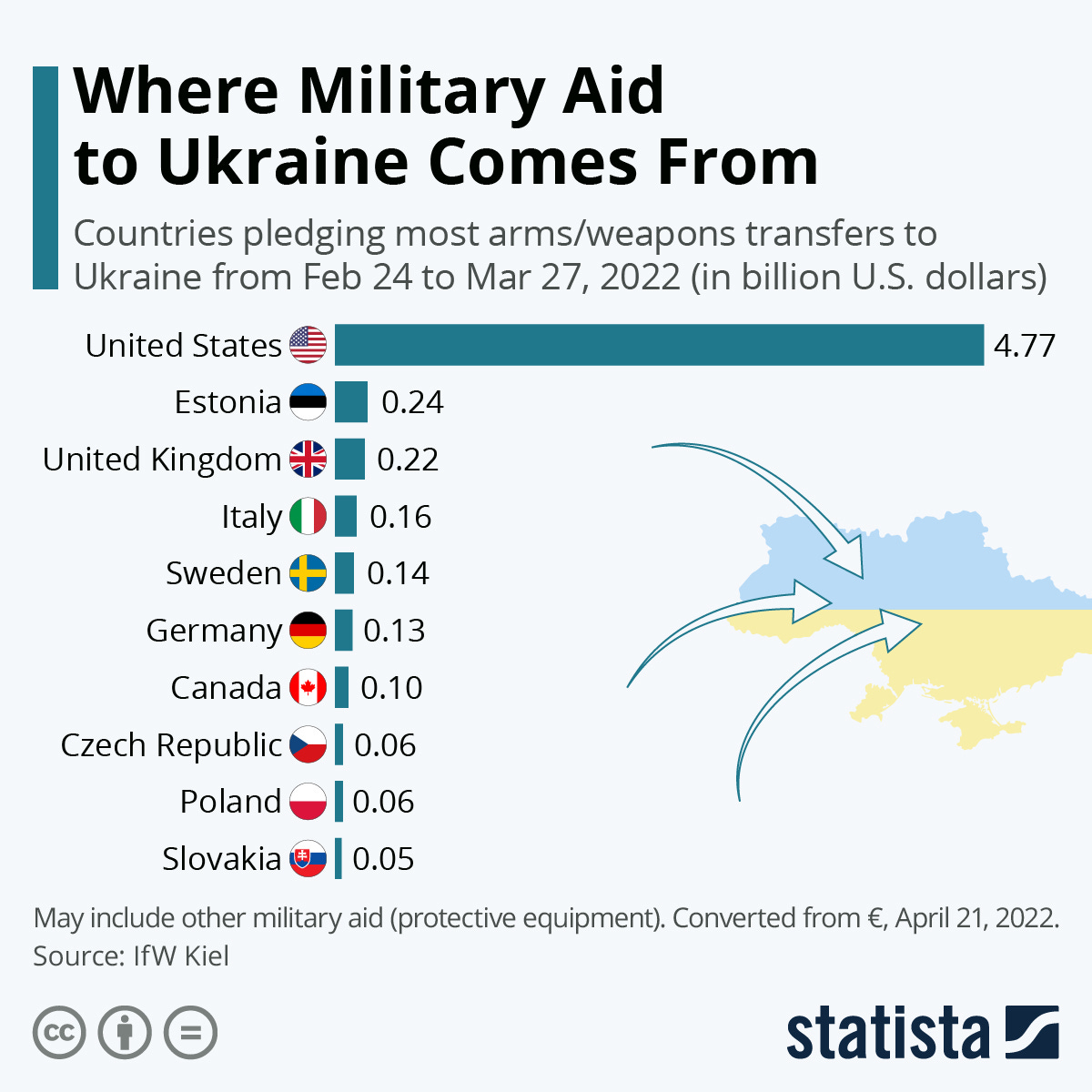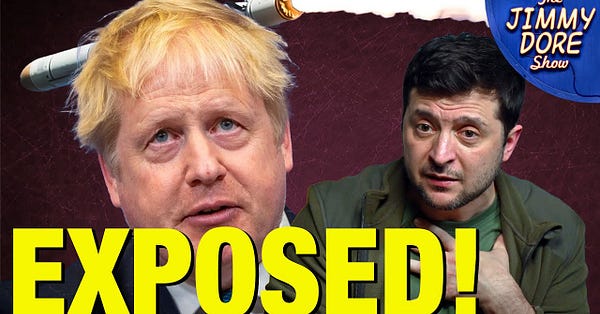I’ve avoided purely military updates in the absence of dramatic events. Russia’s way has not been our way—which is not unexpected, given that Russia’s war in Ukraine has far different goals than our Third World wars have had. However, Moon of Alabama has a nice update that explains Russia’s way quite lucidly. As you’ll see, I’ve skipped the first half, so follow the link for more. The big story in the US is that we’re sending lots more military hardware—but Moon sees big problems with that. Like, that stuff is unlikely to ever make it to Eastern Ukraine where the fighting is taking place:
3. Military supplies
Yesterday Russia attacked four railway crossing over the Dnjepr river. One in the Zaporozhye region and three in the area of Dnepropetrovsk.
This cuts off Ukrainian troops on the Donbas front east of the river from all large scale supplies.
The Ukrainian military, like Russia's, depends on railways for all long distance mass supplies as both have relatively few logistic trucks.
The U.S. and others have said they would give the Ukraine dozens of 155mm towed artillery guns plus tens of thousands of shells with them. The U.S. guns come with one truck each to tow the gun.
That is all manageable so far but now let's look at the logistics (especially without railways). A 155mm shell plus the powder needed to fire it weighs about 50 kilogram. A three axle military truck can carry 7.5 metric tons or 150 shells. That's about what one or maybe two guns will fire on a good day.
The distance from the Ukrainian border with Poland to the Donbas front is about 1,200 kilometer (~800 miles). That is at least a two days drive with a truck. The daily supplies for one gun on the frontline will thus require constant traffic of at least 6 trucks plus all the fuel needed to run them. Adding maintenance and load/unload time means even more trucks. Now multiply that with the number of guns that are supposed to come in.
This is very fast becoming a huge transport operation with lots of trucks the Ukraine does not have. So how will it get all those shells to the frontline? It won't.
And, of course, every kilometer of the way is under Russian control from the air. Before we continue to Moon’s assessment of “Current Operations”, here’s Tucker coverage of the supply issue, including Col. Douglas Macgregor’s commetnts:
Back to Moon, who explains what the Russians are doing—unlike the Ukrainians, the Russians have no shortage of ammunition and are not shy about using it:
4. Current operations
Since the launch of phase two of its operation the Russia military has not started any larger offensive but has increased its artillery fire on the frontline. …
…
One artillery firing missions usually includes multiple guns (often 6) and multiple shells (3 to 10) fired per gun. This constant incoming artillery fire will be extremely demoralizing (and deadly) for the Ukrainian troops on the frontline. (I have experienced only one artillery onslaught, during officer training and in a safe bunker. It was still extremely violent. Some of us literally wet their pants.)
The Ukrainian soldiers can only dig in, keep their heads down and hope to not receive a direct hit. Their artillery is gone. They have no way left to respond to the fire. After a few days of this the Russian troops will be able to roll them up with little difficulties.
A further and not too lengthy update is in this video interview with Larry Johnson. As usual, I can’t embed Rumble videos. Johnson is a clear and concise speaker, so the 13 minute video is easy to follow. He starts with the military situation but also notes that this is basically an economic war. Thus his theme of the US biting off more than it can chew falls very much in line with our remarks yesterday regarding Janet Yellen’s admission that the sanctions simply aren’t working—the magic words are not having the expected effect in a reality that seems resistant to magic, virtue signaling incantations:
‘They bit off more than they can chew dealing with Russia’ – Former CIA Analyst
Switching fronts, yesterday Zhou assured an audience of transcribers that victory would come as long as “we” remain united. “So far, so good,” he assured the assembled transcribers.
Well, here’s one way to look at “unity”, via Zerohedge Where Military Aid To Ukraine Comes From:
Yeah, them too.
Here’s another view of “unity”—calling for sanctions against the people you’re united with. That’s a new concept—sanctioning the economic engine of the EU branch of the united front—but one which the UK war mongering paper of record embraces:
For a bit more context, this is the UK branch of the Anglosphere trying to keep the rest of Europe in line in the interest of expanded war. I covered Michael Tracy’s article when it came out, but here he does an interview on the same topic:
While the UK mongers for more war, Zhou tends to the home front. For those of a certain age, this will remind them of WIN buttons (Whip Inflation Now). In America our rulers like to personalize abstractions, then demonize them, as a way to shift attention. It never really works:


But through it all, the other war—the war on the subject population of the West—continues:

Now, we conclude with some reference material regarding Russian oil.
First, where does the stuff come from? Mostly from Western Siberia—not the Far East of Siberia.Western Siberia is mostly situated within the Russian Federation, not near the Chinese border. You can get a look at this in this map:
Regarding that “unity” front, Zerohedge explains How Russia Avoids Oil Sanctions: Transfer-At-Sea To "Destination Unknown". Since Germany somehow doesn’t appear in this graphic, I’m guessing that “Destination Unknown” isn’t so very unknown:
Moreover, the EU is at pains to reassure inhabitants of “Destinations Unknown”. So, you can virtue signal and eat your cake, too—or something like that:












I hope those weapons we're sending meet John Kerry's climate approved standards. Let's get them some exercise and see what those weapons can do. Most interested in the blue powdery ones.